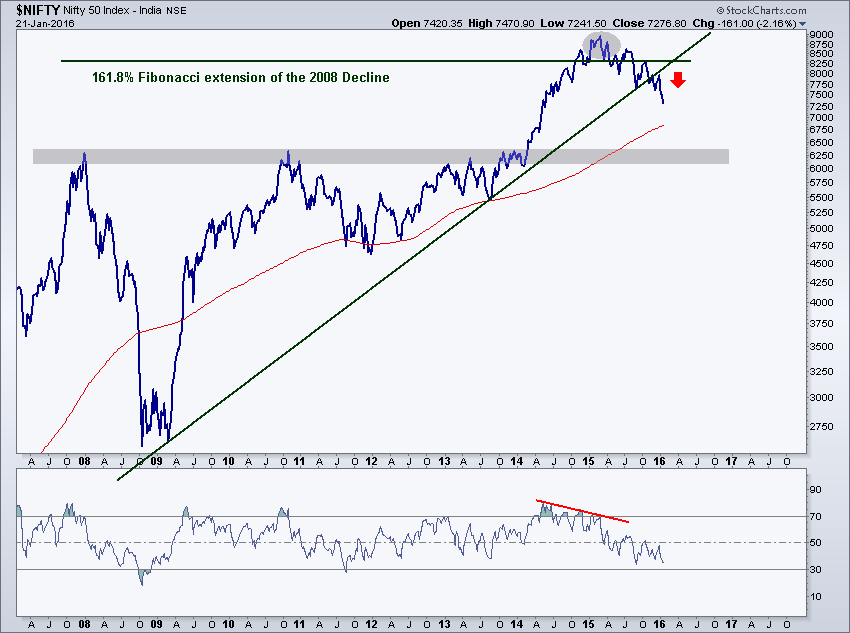
Innovation is a powerful force that can transform entire industries and create new opportunities for growth and success. It is the driving force behind many of the biggest advances in business and society, and it has the power to reshape the way we live, work and play. In this blog post, we will be discussing the power of innovation and how it can be leveraged to create new opportunities for growth and success.
One of the most powerful effects of innovation is its ability to transform entire industries. Disruptive innovations can completely upend traditional business models and create new markets, leading to the birth of new industries and the decline of old ones. For example, the rise of digital technologies in the late 20th century led to the growth of the technology industry and the decline of traditional industries such as print media and retail.
Innovation also has the power to create new opportunities for growth and success. By introducing new products, services, or business models, companies can tap into new markets and revenue streams. For example, the rise of e-commerce platforms has created new opportunities for small businesses to reach a global audience, while the emergence of the sharing economy has led to new opportunities for entrepreneurs in the transportation and accommodation sectors.
The power of innovation can also be harnessed to create positive societal change. Advancements in areas such as clean energy, healthcare, and education have the potential to improve the lives of people around the world. And the intersection of multiple technological advances, in areas such as AI, blockchain, and IoT, could create new opportunities for creating solutions for societal challenges.
To fully leverage the power of innovation, companies must develop a culture of innovation that encourages experimentation, risk-taking and learning from failure. This can be achieved by fostering an environment where employees feel empowered to come up with new ideas and take initiative, as well as by encouraging collaboration and open communication. Additionally, companies should also invest in research and development, to ensure that they have access to the latest technologies and insights.
In conclusion, the power of innovation is undeniable and is crucial for companies that want to stay competitive and tap into new growth opportunities. By staying attuned to emerging technologies and industry trends, companies can anticipate and capitalize on disruptive innovations that have the potential to transform entire industries and create new opportunities for growth and success. To fully leverage the power of innovation, companies must foster a culture of innovation, invest in R&D, and be attuned to societal changes, they also need to stay connected to their customer base and external partners, to understand the needs and anticipate trends.


.png&ehk=iRaKErPtXzgX00zAlLF1Rst%2ftCf4iZVGeFkF5OAjoSc%3d&risl=&pid=ImgRaw&r=0)



